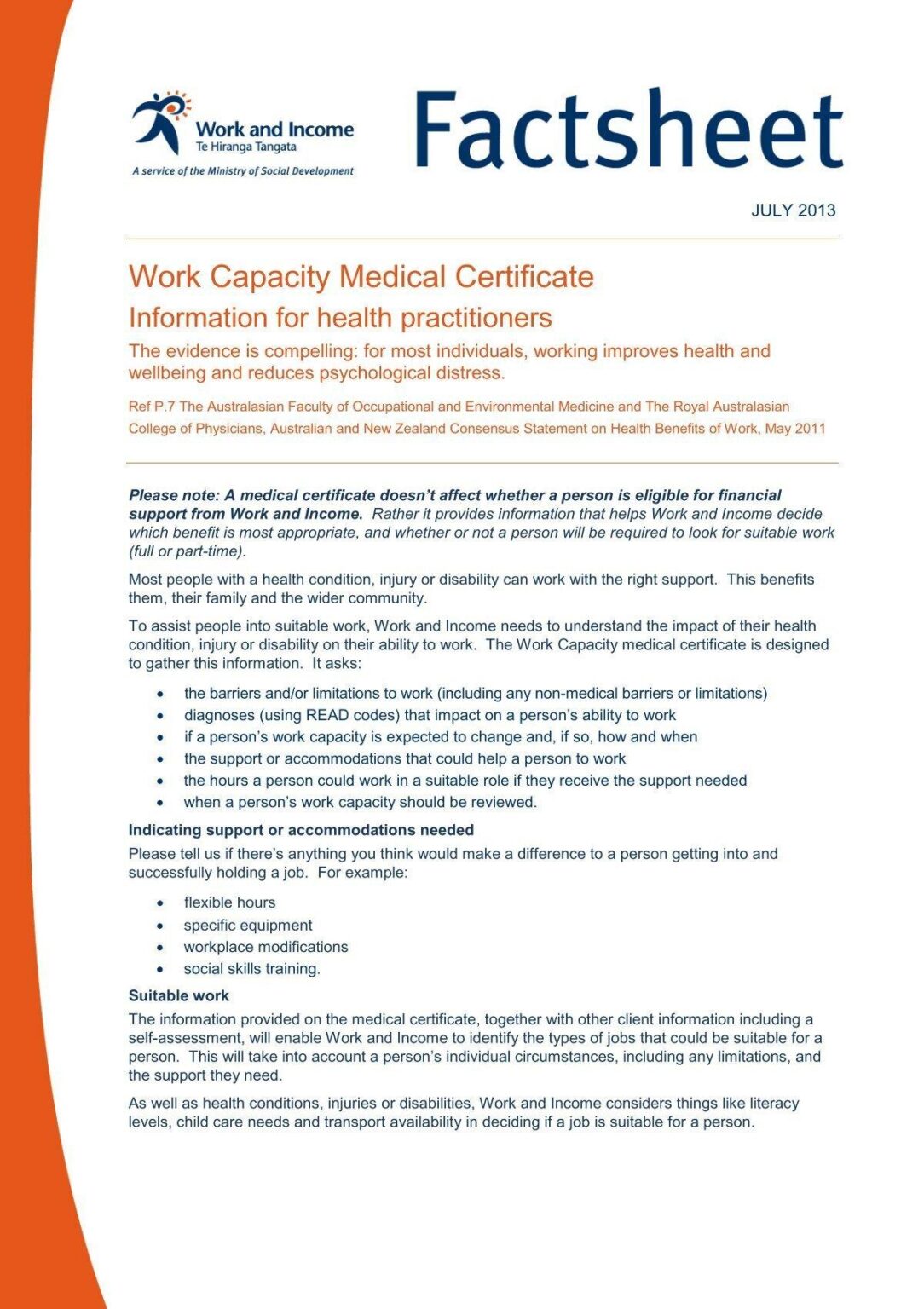Strengthening Rural Connectivity in Liberia: Nokia and iSAT Africa Join Forces
In a strategic effort to enhance telecommunications access throughout Liberia’s rural landscapes, Nokia has partnered with iSAT Africa to significantly improve network coverage nationwide. This alliance targets the persistent issue of limited connectivity in remote communities, where dependable communication services have historically been scarce. By combining Nokia’s cutting-edge technological solutions with iSAT Africa’s deep understanding of local conditions, this initiative aims to close the digital gap and empower residents with better access to information, education, healthcare, and economic opportunities.
As Liberia intensifies its focus on expanding its telecom infrastructure—especially given that over 60% of its population resides in rural areas—this collaboration represents a pivotal advancement toward inclusive development within one of West Africa’s fastest-evolving markets.
Innovative Approaches to Expanding Network Access in Remote Liberia
The partnership between Nokia and iSAT Africa is designed around deploying state-of-the-art technologies such as satellite broadband combined with cost-effective base stations tailored for low-density populations. These efforts are expected to deliver stable mobile internet services where traditional infrastructure has struggled due to geographic and economic challenges.
- Infrastructure Enhancement: Rolling out new cellular towers alongside upgrading existing sites ensures stronger signal strength and wider coverage.
- Local Collaboration: Engaging community leaders and small businesses helps identify specific connectivity barriers so solutions can be customized effectively.
- Sustainable Deployment: Incorporating eco-friendly materials and renewable energy sources minimizes environmental impact while maintaining service reliability.
This multi-faceted strategy not only improves communication but also supports critical sectors like agriculture by enabling farmers to access market data remotely or receive weather updates via mobile platforms—a modern parallel to how radio once revolutionized information flow in isolated regions decades ago.
Key Strategies for Narrowing the Digital Gap in Liberian Villages
Tackling digital exclusion requires more than just technology; it demands thoughtful engagement with the communities served. The following pillars form the backbone of this initiative’s approach:
| Strategy | Description |
|---|---|
| Civic Participation | Liaising closely with village elders and local organizations ensures that network rollouts address real needs rather than theoretical ones. |
| Easily Accessible Pricing Models | Create affordable subscription plans aligned with rural income levels, promoting widespread adoption without financial strain. |
| User Training & Support Programs | Cultivate local expertise through workshops teaching basic maintenance skills for telecom equipment, fostering self-sufficiency over time. |
| Nongovernmental Organization Partnerships |
This comprehensive framework not only addresses immediate connectivity issues but also builds long-term resilience by empowering locals as active participants rather than passive recipients of technology deployment efforts. For example, similar models implemented recently across rural Tanzania have resulted in a 35% increase in mobile internet usage within two years after project initiation (source: GSMA Mobile Economy Report 2024).
Ensuring Long-Term Growth Through Sustainable Telecom Investments
The success of expanding telecommunications networks hinges on sustainability principles that balance growth ambitions against environmental stewardship and community empowerment. Key recommendations include:
- Diversifying Energy Sources: Utilizing solar panels or micro wind turbines reduces dependence on unreliable grid power common across many off-grid Liberian villages.
For instance, pilot projects powered entirely by solar energy have maintained uninterrupted service during seasonal power outages elsewhere in sub-Saharan Africa (Renewable Energy Journal 2023). - Nurturing Local Talent Pools: Establishing vocational training centers focused on telecom maintenance equips residents with valuable skills while lowering operational costs through localized troubleshooting teams.
- Cultivating Multi-Stakeholder Partnerships: Aligning government agencies’ regulatory frameworks alongside private sector innovation accelerates deployment timelines while ensuring compliance.
This collaborative model mirrors successful initiatives seen recently across Ghana’s northern regions where public-private partnerships boosted broadband penetration rates from under 20% up towards national averages within three years (World Bank Data). - Sustained Infrastructure Investment:The continuous upgrade cycle—from hardware refreshes to software optimizations—ensures networks remain robust amid evolving user demands.
Main Investment Focus Areas Aimed Outcomes
Sustainable Power Solutions
– Enhanced uptime reliability even during grid failures
Civic Engagement & Community Input
– Customized services reflecting actual user needs
User Skill Development Programs
– Reduced dependency on external technical support
Network Expansion Initiatives
td >< td sty le = " width :5 0 % ; " > – Broader reach into underserved zones ensuring equitable access< / td >
< / tr >
< / tbody >
< / table >
< / ul >Conclusion: A New Era for Rural Connectivity in Liberia
The alliance between Nokia and iSAT Africa signals a transformative chapter for bridging Liberia’s longstanding digital divide. By integrating advanced satellite communications alongside ground-based infrastructure improvements tailored specifically for remote settings, this partnership promises reliable connectivity that can unlock educational resources online, facilitate telemedicine consultations previously unavailable outside urban centers, stimulate agricultural productivity through timely data sharing—and ultimately drive socioeconomic upliftment at scale.
This model serves as an inspiring blueprint not only within Liberia but also across other West African nations grappling similarly with infrastructural deficits amid rapid population growth trends projected at nearly 3% annually (UNDP Report 2024). As implementation progresses,

